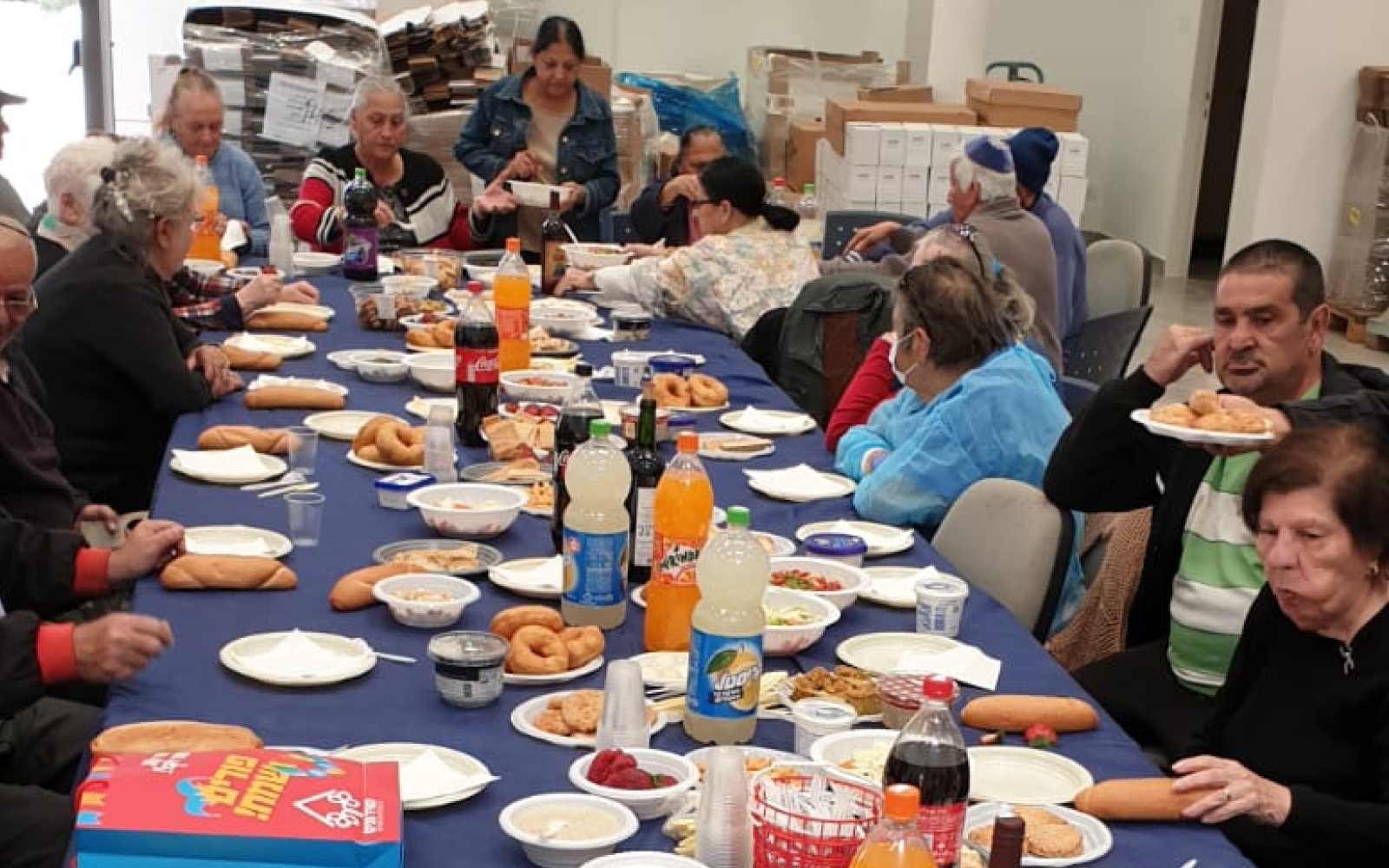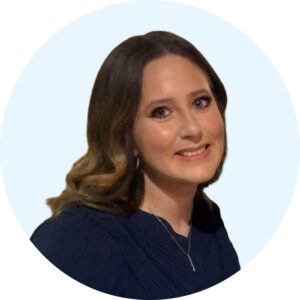When Karol Grepp was only two, he was sent to his hometown ghetto, where the Nazis rounded up all the Jews of his city.
“People often don’t know what others went through,” he would say about the experience. “I was very lucky to stay alive.”

Later in life, Karol moved to Dimona, an Israeli city in the Negev desert, some 30 kilometers (19 mi) to the south-east of Beersheba. While he was living by himself, in the last years of his life he became a patron of the Holocaust Survivor Day Center run by the non-profit Meir Panim.
Before passing away a few months ago, Karol would go there every day and described the Center as a second home.
“I am a lonely person and at the Center I get the attention and care that I would not receive if I just stayed home,” he said.
The number of Holocaust survivors in Israel is dwindling rapidly. Around 165,000 Holocaust survivors live in the country today – in 2021 according to the Holocaust Survivors’ Rights Authority, a government department, 15,000 died.
According to the Center of Organizations of Holocaust survivors in Israel, one-third of them live in poverty.

“In our center, we have thirty Holocaust survivors over the age of 80, 75% of whom live alone,” says Meir Panim Program Director Ilanit Struhl. “When they arrive in the morning, we provide for all their personal needs. Every day, we start with a festive breakfast. Afterwards, we offer many activities, physical exercise, pottery, knitting and more. Then it is time for a full home-cooked lunch.”
The patrons are also given a prepared dinner to take home. In addition, Meir Panin always makes sure that the survivors’ emotional needs are also met.
“When a person listens to you, you feel supported,” Karol used to say. “I love coming to the Center because I’m alone and here I get to interact with others. We have events and parties, we are visited by soldiers and students, they come to spend time with us and love us. We receive everything we need.”




